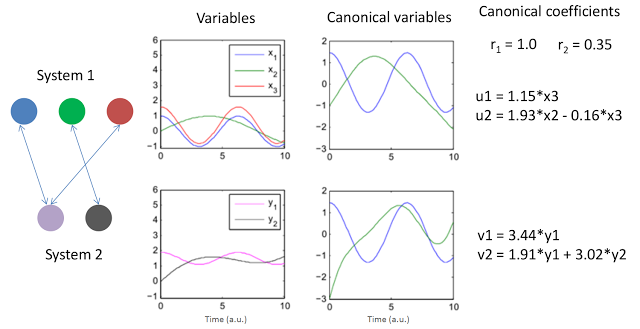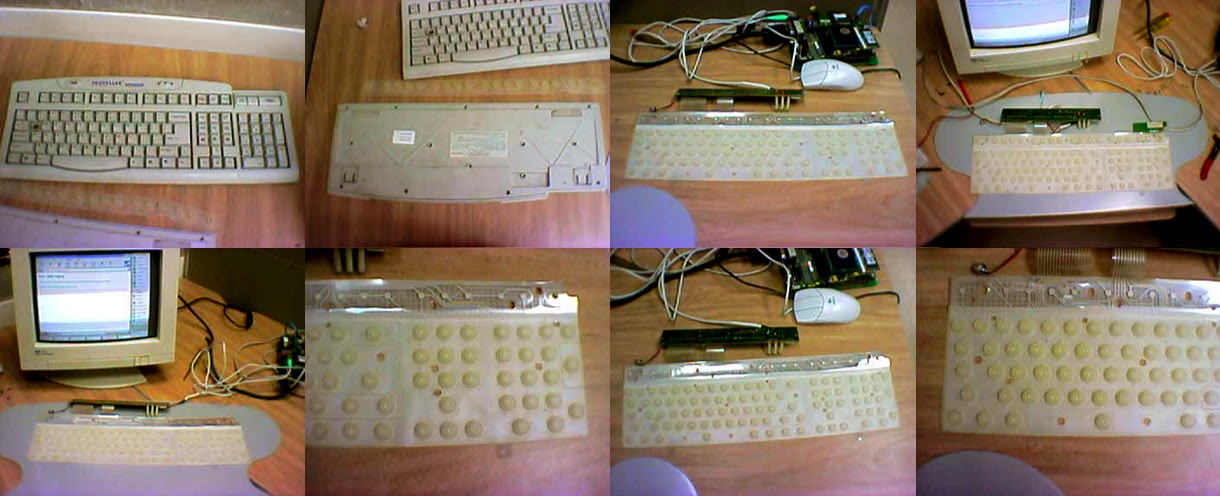
Some facts about brain density:
- The size of a bee's brain is around 1 cubic millimeter and contains around 1 million neurons (C. B. Don). This is enough to perform all basic movement activities, communication, and even a social life. The human brain is around 1.2x106 cubic millimeters.
- “One cubic millimeter of cerebral cortex contains roughly 50,000 neurons, each of which establishes approximately 6,000 synapses with neighboring cells (Beaulieu and Colonnier, 1983). These 300,000,000 interconnections are highly specific: neurons innervate some target cells but avoid others. Of course, a cubic millimeter is but a miniscule part of the full circuitry, which is estimated to contain 60x1012” (CRL Harvard).
- “One cubic millimeter is 1/1000 of a cubic centimeter and 1/1000000 (10-6) of the entire volume of the brain. We can scale the total number of connections in the brain (using the high estimate of 1015 connections in the brain) then we find that there are 109 connections in a cubic millimeter of the brain.” The Astronomist
- Another estimate of connectivity density: “In every cubic millimeter of cortical tissue about a million of neurons must be wired appropriately for their respective functions such as the analysis of sensory inputs, the storage of skills and memory, or for motor control.” Max-Planck-Institute for Dynamics and Self-Organization
- One cubic millimeter of cortical tissue amounts to 4 km of axon cables, 500 m of dendrites and around one billion synapses (Braitenberg and Schüz, 1998).
- “Imaging a cubic millimeter of brain tissue requires one petabyte of storage space (106 gigabytes = 1000 terabytes = 1 petabyte)! With the current technology, it would take about 10 million years to map every synapse in a human brain, and would require several million more petabytes of data to store the information.” Knowing Neurons
Note: This post is an update from an older post in September 2007, created after a quote from the Max-Planck-Institute for Dynamics and Self-Organization in Germany. In 2008 I joined this institute to write my doctoral dissertation.










